We live in a vast world made up of different cultures and traditions, with many countries trading in products, materials and natural resources. Because of this, many exotic Japanese flowers have found their way to western gardens from far away lands.
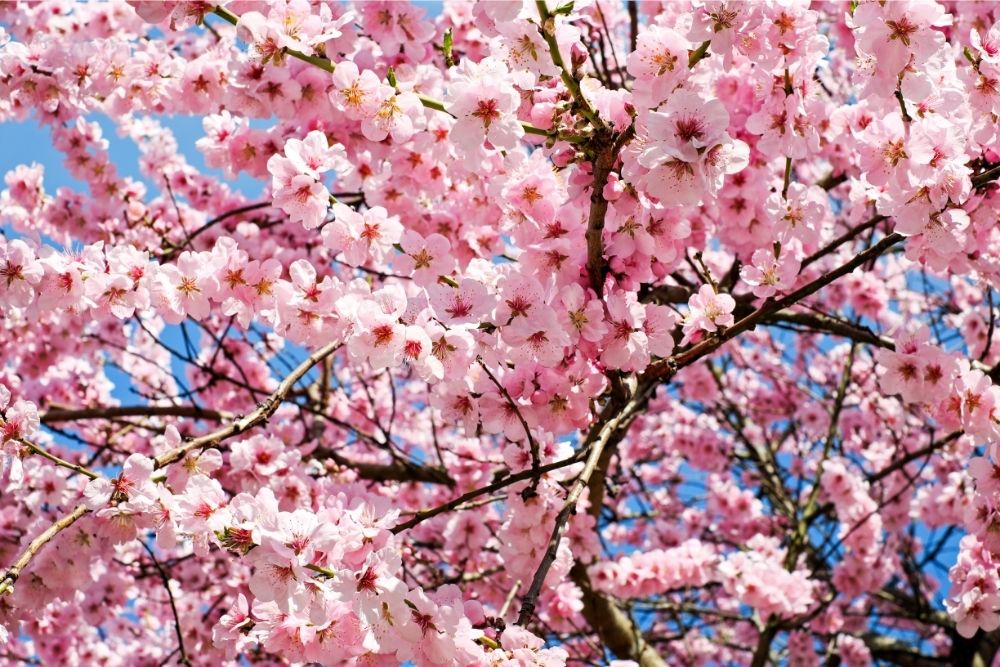
Sometimes a simple walk in the park is enough to confirm this, as you may encounter plants and trees that are unknown to you because of their foreign origins. And while it can be hard to decipher the different species, there is always a way.
Many popular flowers can now trace their roots back to Japan, a beautiful country known for its culture and scenery. So if you want to know which notable flowers come from Japan, then you have come to the right place.
In the following article, we have compiled a list of common Japanese flowers, so that you can learn more about the different species and their characteristics. We have also included the meaning of each flower and its significance in Japanese culture.
So if you want to read more about Japanese flowers, this article has everything you need to get started.
1. Camellia (Camellia Japonica)
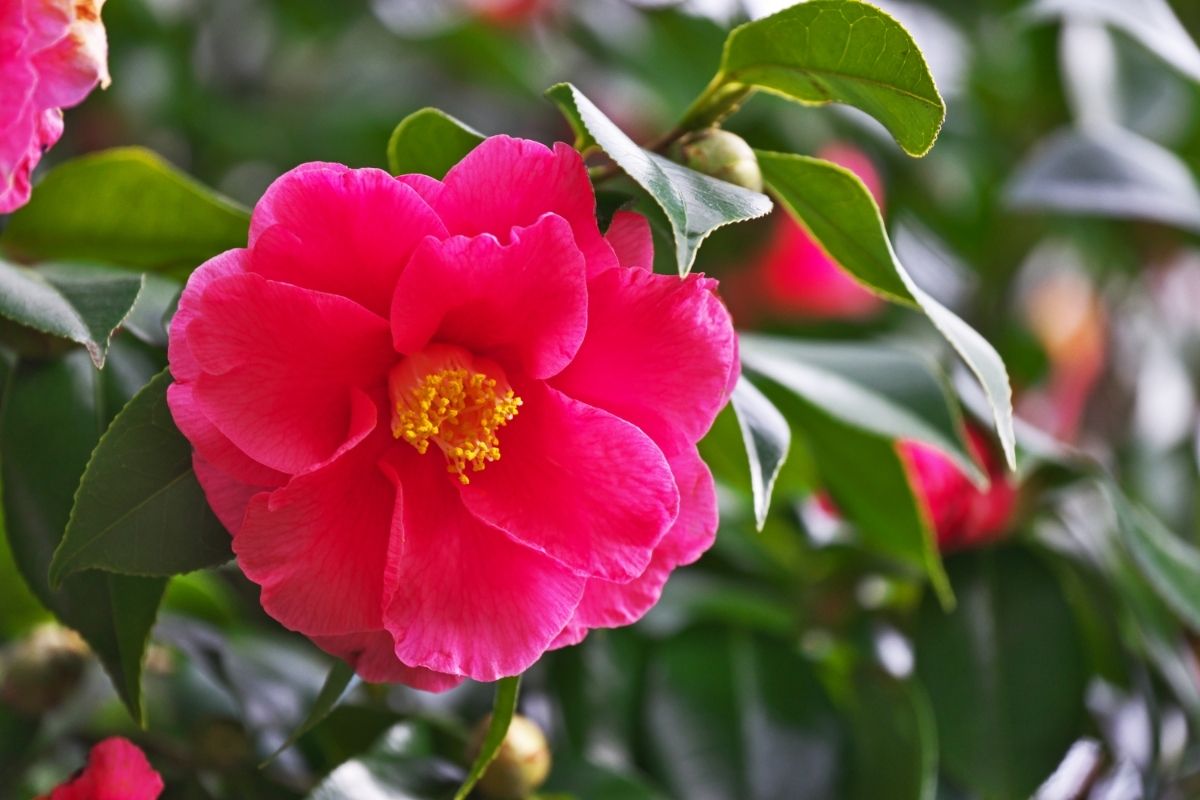
For the first flower on our list, we have chosen a camellia, a beautiful species that grows in the spring and is known for its bright red petals.
In Japanese culture, this flower was said to be a bad omen for samurais, as the falling petals resembled the scene of decapitation.
2. Sasanqua (Camellia Sasanqua)

While this species can look very similar to the camellia japonica, you can tell the two flowers apart by how their petals wilt.
In most cases, the sasanqua will wilt one petal at a time, with the flower commonly blooming from the end of autumn to the beginning of winter.
3. Wisteria (Wisteria Floribunda)
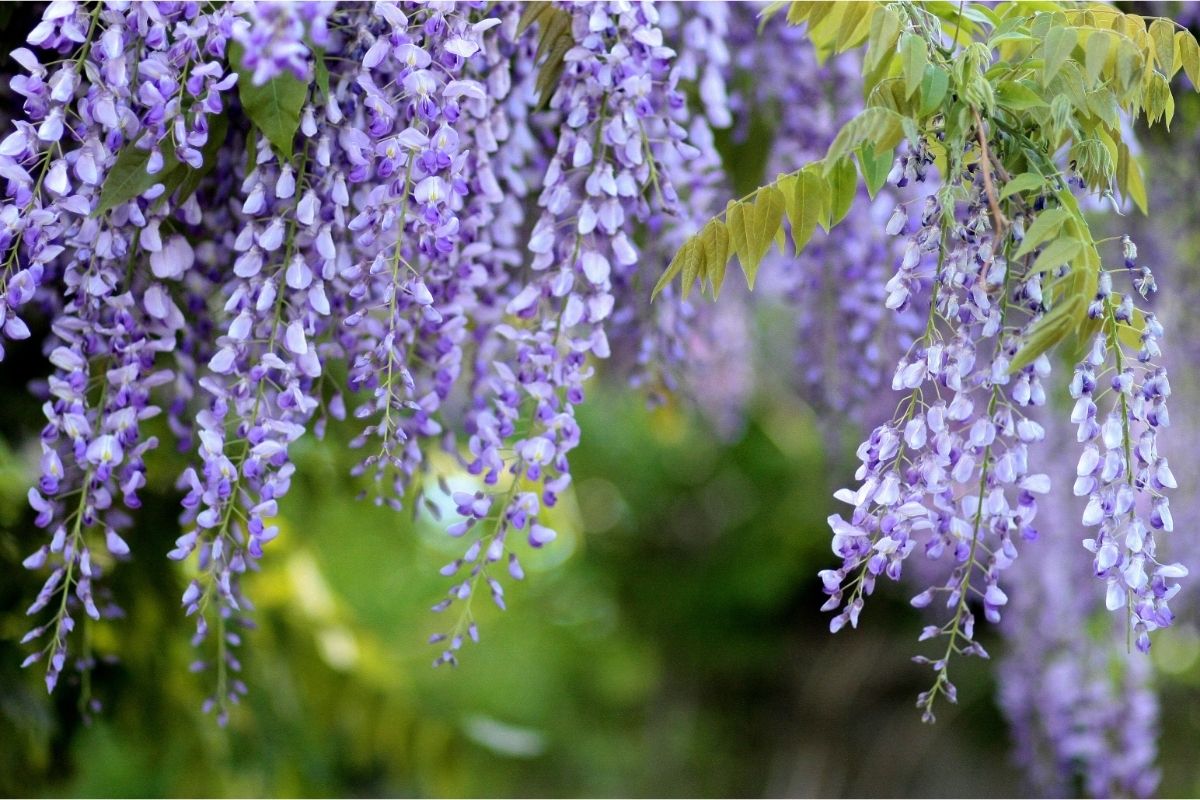
Otherwise known as noda fuji, this flower grows in thick vines that drape down from the tree, which are capable of reaching lengths of 20 – 80cm.
The flowers are known for their distinctive purple color and are often associated with themes of long life and immortality.
4. Fringed Iris (Iris Gracilipes)
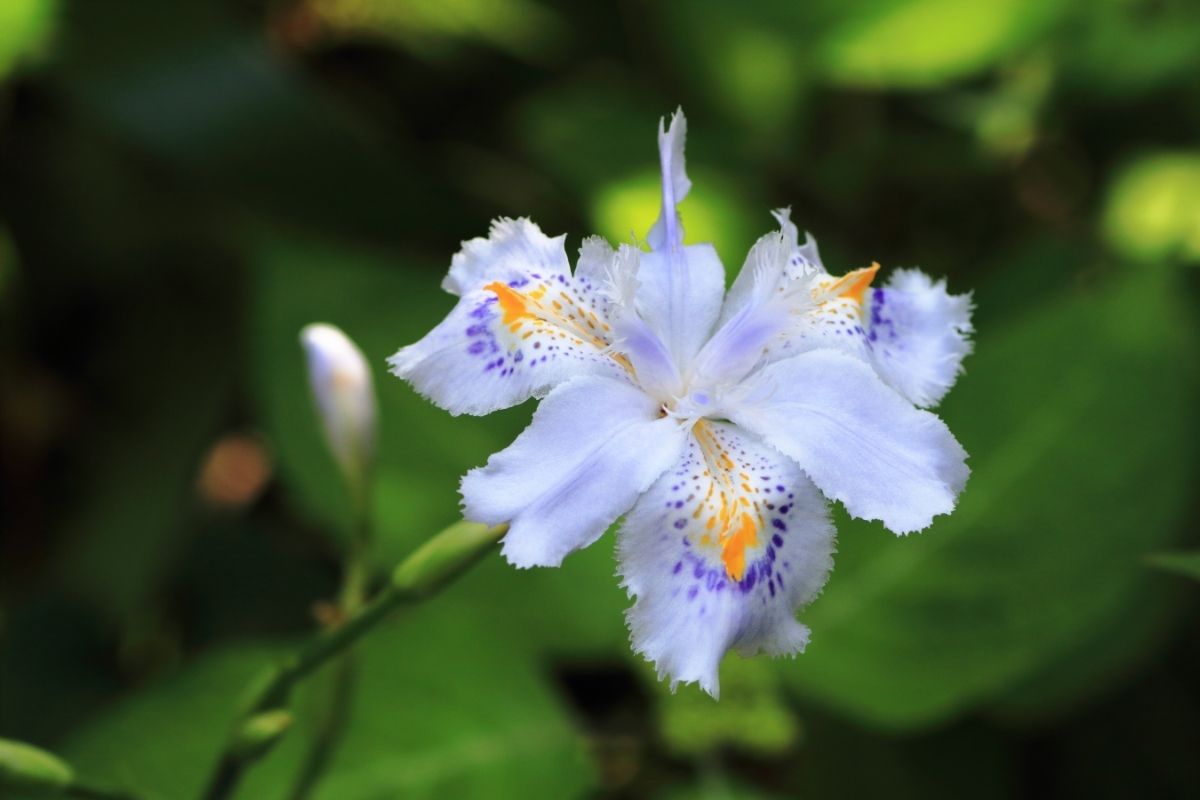
In Japan, the fringed iris will commonly bloom in the spring and is given the name hime, which translates to small in the Japanese language.
This is because the flower is seen as a smaller variety of the Japanese iris, with the bloom growing no larger than 30 centimeters.
5. Tiger Lily (Lilium Lancifolium)
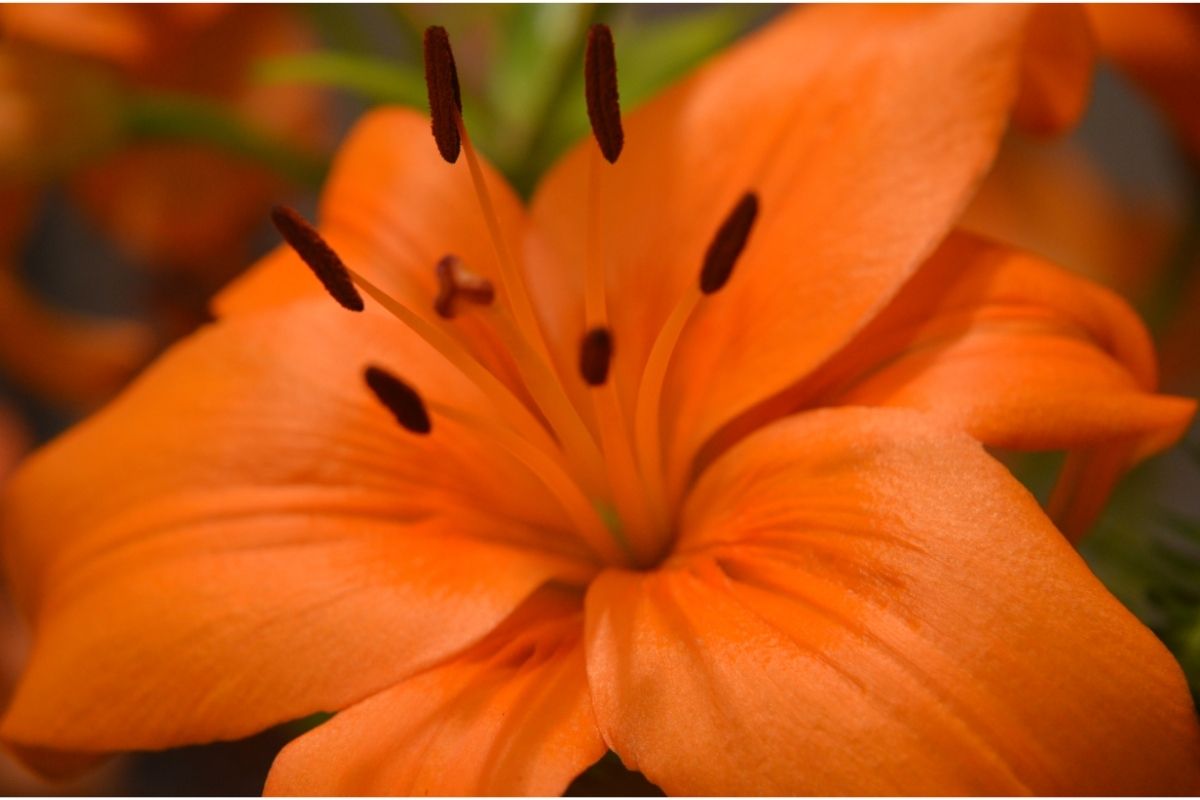
This endemic species can be found in Japan, Korea, China and Vietnam – where it blooms during the summer months.
The bright orange flowers can reach up to 2 meters in length and are often associated with revenge, hatred and wealth.
RELATED: Are Japanese Beetle Traps Helpful for Organic Pest Management?
6. Amur Adonis (Adonis Ramosa)

These perennial plants (which means they will live longer than 2 years) are known to bloom during the early spring, where they will produce small yellow flowers.
The species is said to represent the arrival of the season and features heavily in Japanese art and culture – the roots of the plant are also famously poisonous.
7. Paris Tetraphylla (Paris Tetraphylla)
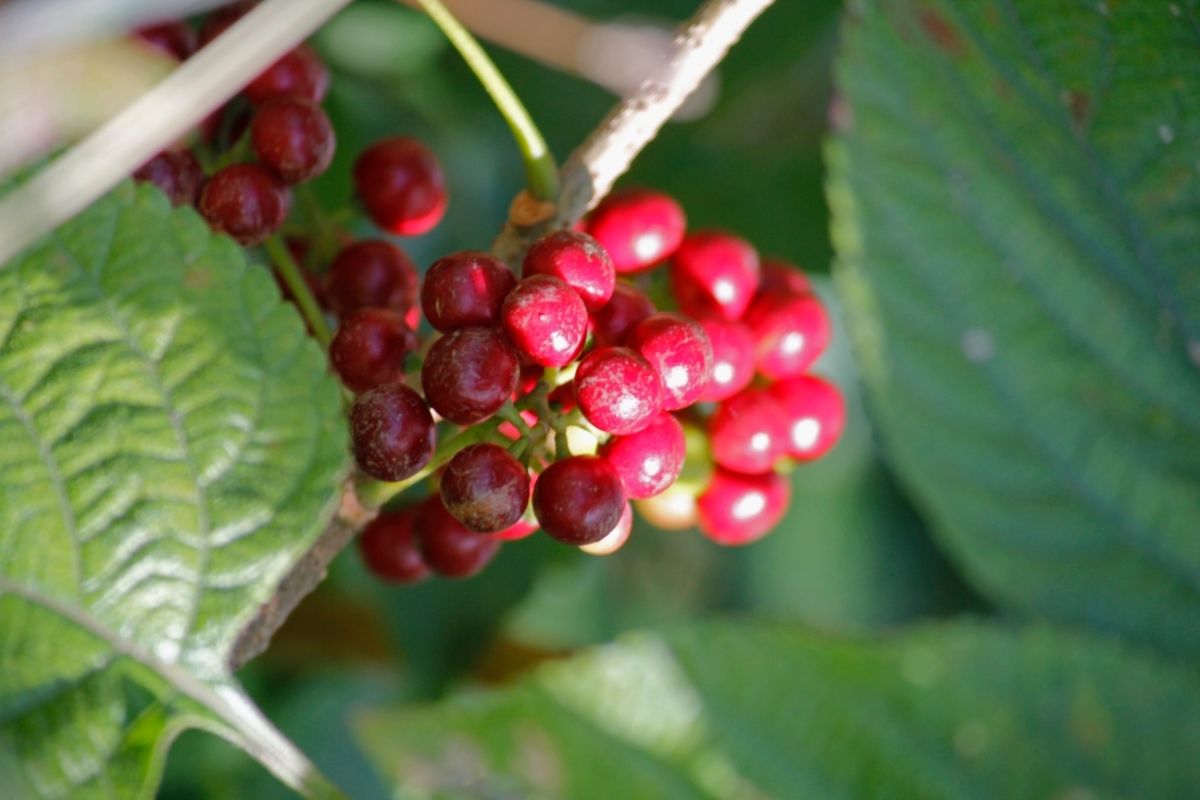
This species of plant can only be found in Japan, where its stem can reach heights of 40cm and bloom tiny green flowers.
In most cases, the species will blossom during the summer months and will only produce one flower per plant.
8. Star Magnolia (Magnolia Stellata)
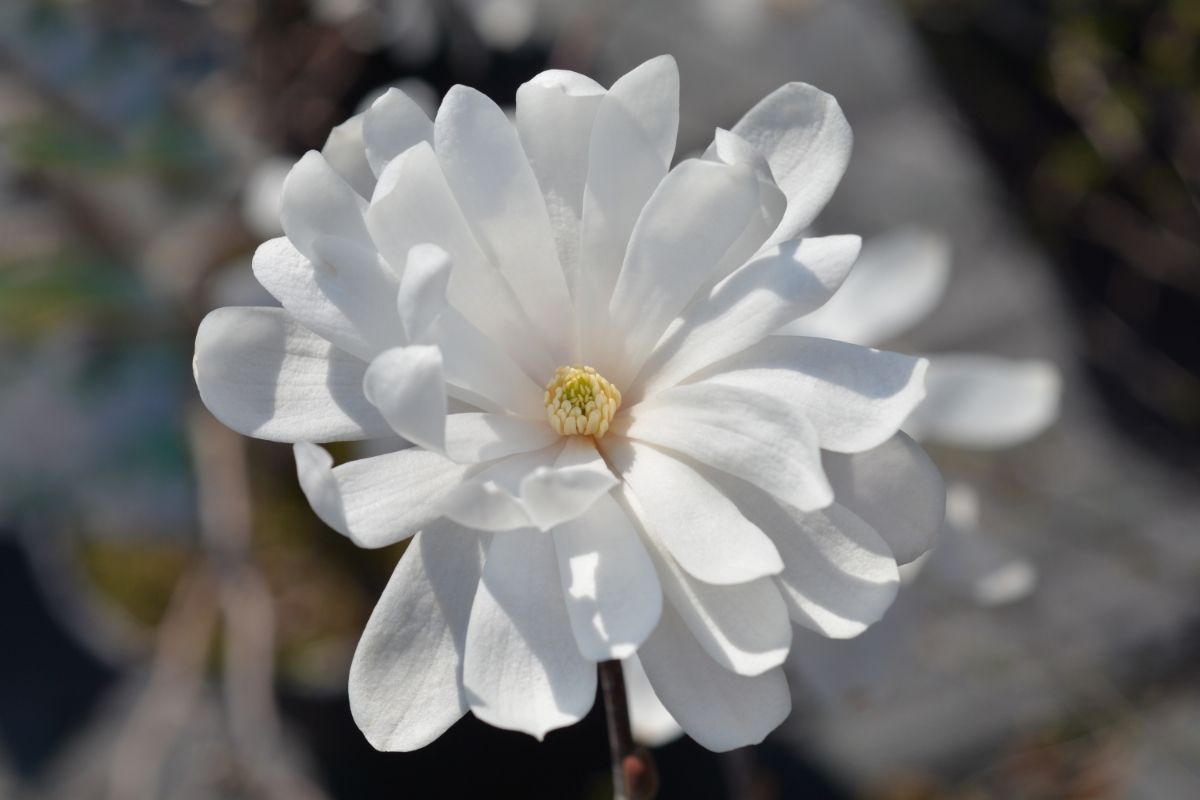
The star magnolia is known to grow in parts of Aichi, Gifu and Mie – where it will bloom during the spring and sprout pale pink flowers.
The flowers are commonly used as an ornamental plant in Japanese gardens, while naturally grown varieties are considered endangered species.
9. Lacecap Hydrangea (Hydrangea Macrophylla Normalis)
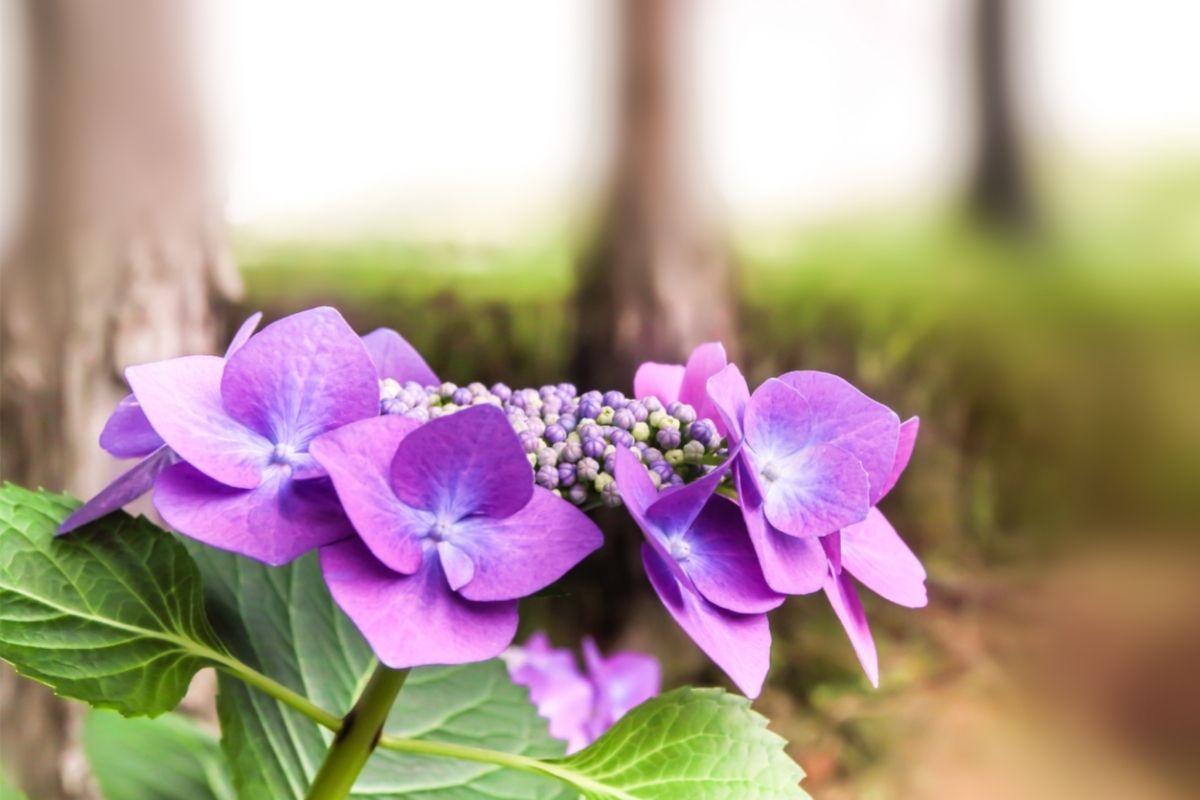
Though it may be hard to believe, the blue dots clustered in the middle of this plant are the actual flowers, while the petals are merely decorations.
The Japanese call this flower gaku (which translates to frame) as the petals look like they are framing the flowers to protect them.
10. Tricyrtis Affinis (Tricyrtis Affinis)
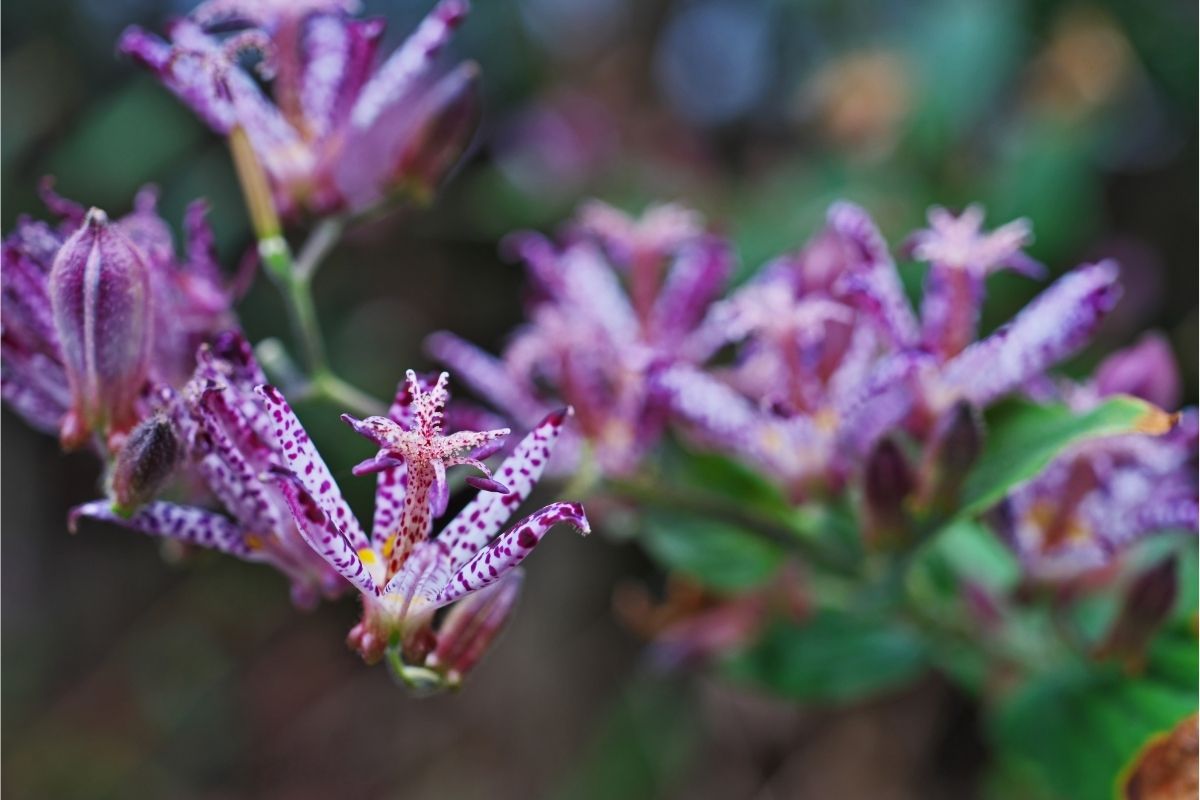
Otherwise known as toad lilies, these plants can only be found in the forests of Japan and are said to reach heights of 30 – 60cm.
The species can be identified by its pretty flowers, which boast a polka dot pattern that is said to resemble the flesh of a toad.
11. Dead Nettle (Lamium Album Barbatum)
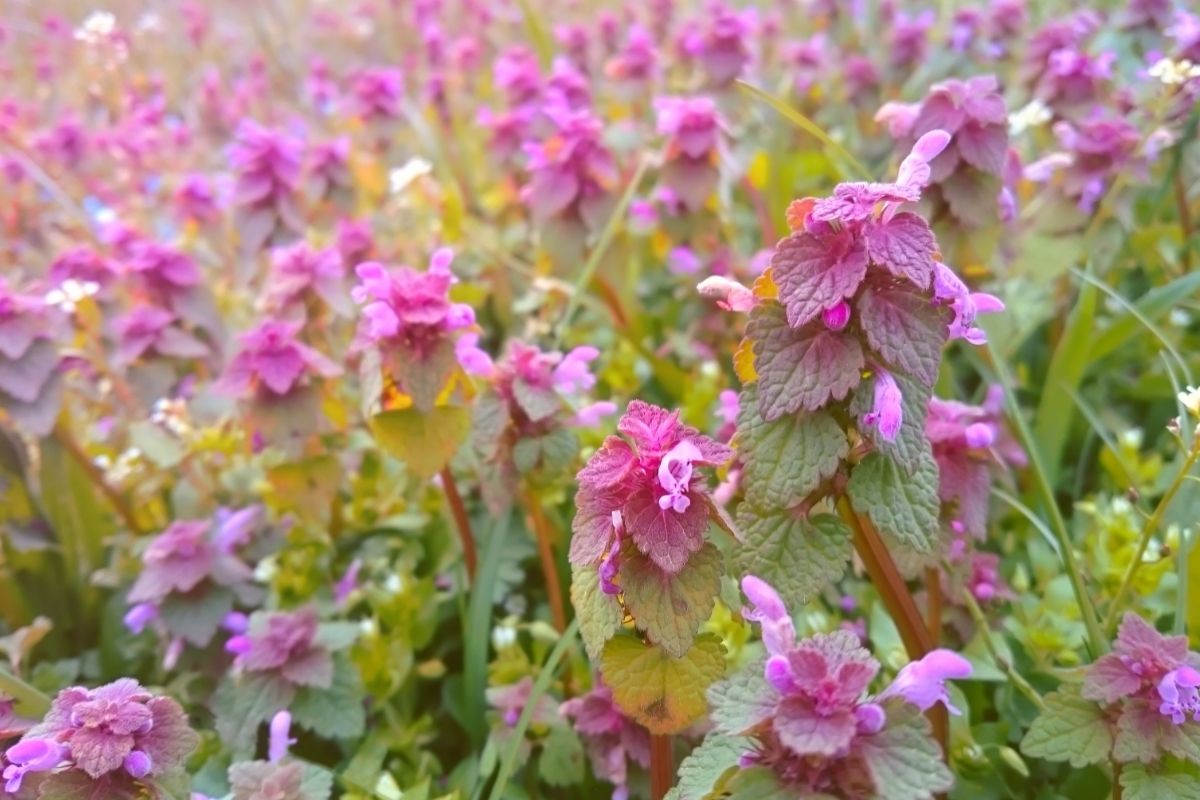
These plants can be found in Honshu, Shikoku, Kyushu, Korea and China – where they thrive in semi-shaded environments, such as the side of the road.
In Japanese culture, the pink flowers produced by this species are said to resemble dancing geishas, which is how the plant received its Japanese name, odoriko.
12. Japanese Snake Gourd (Trichosanthes Cucumeroides)
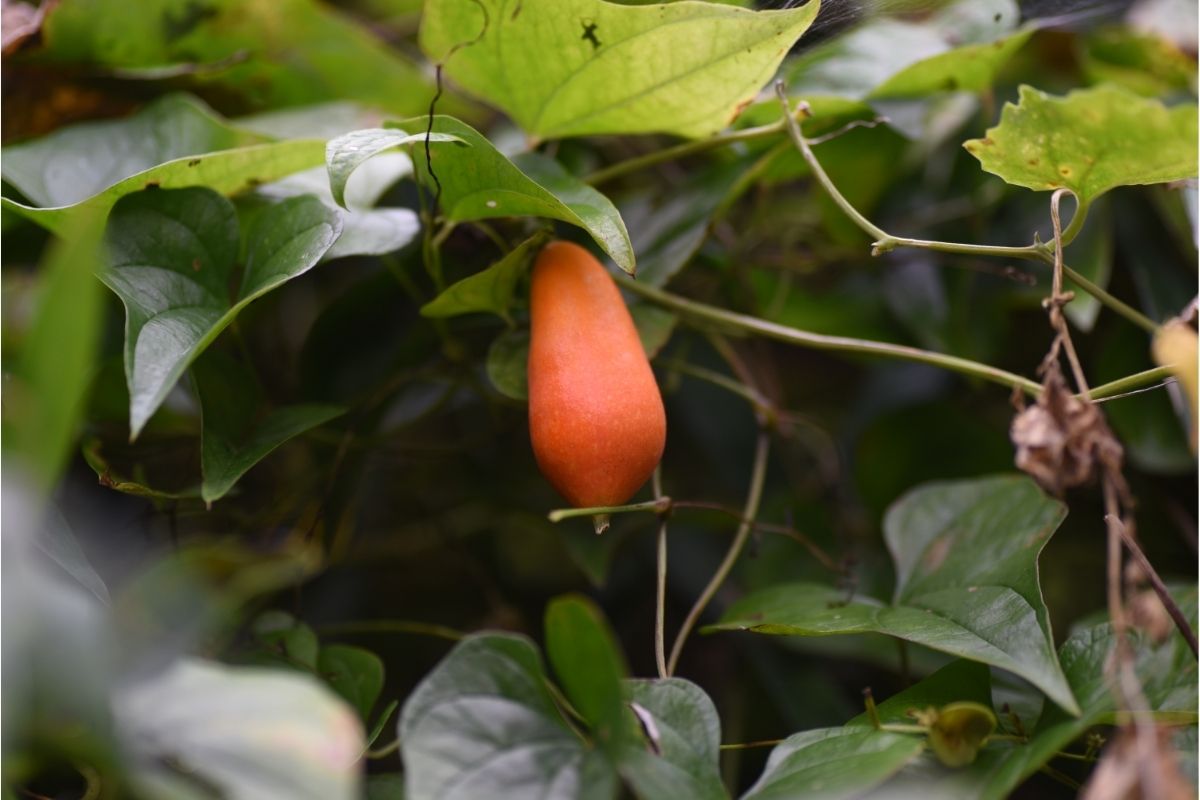
While these plants are known to grow in China and India, they can also be found in Honshu, Shikoku and Kyushu, where they grow on other plants and trees.
The flowers of this species are commonly white with feather tendrils, with the plant also producing an edible fruit used in cultural dishes.
13. Tulipa Edulis (Amana Edulis)
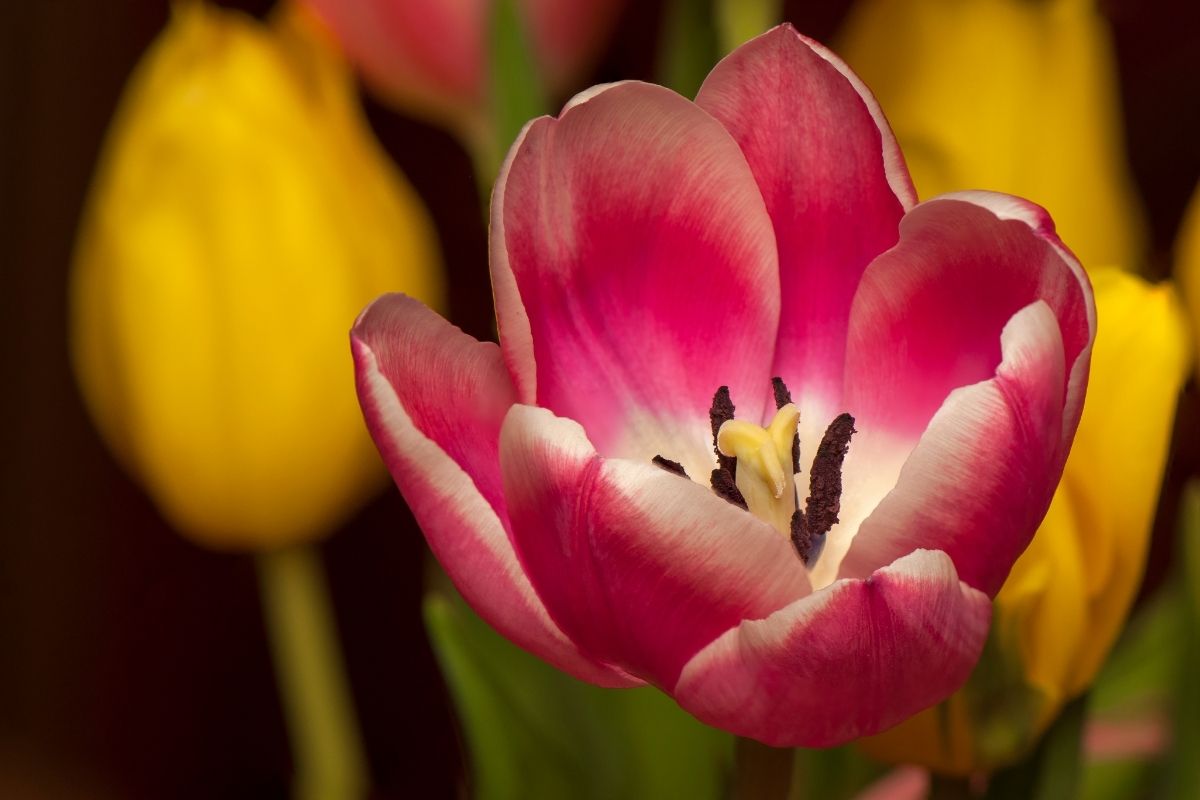
This species commonly grows during the spring, where the white tulip-like flowers are capable of reaching heights of 15cm.
Of course, the flower itself is edible and is said to thrive in open plains and fields, where it will close its petals on cloudy days.
14. Japanese Andromeda (Pieris Japonica)
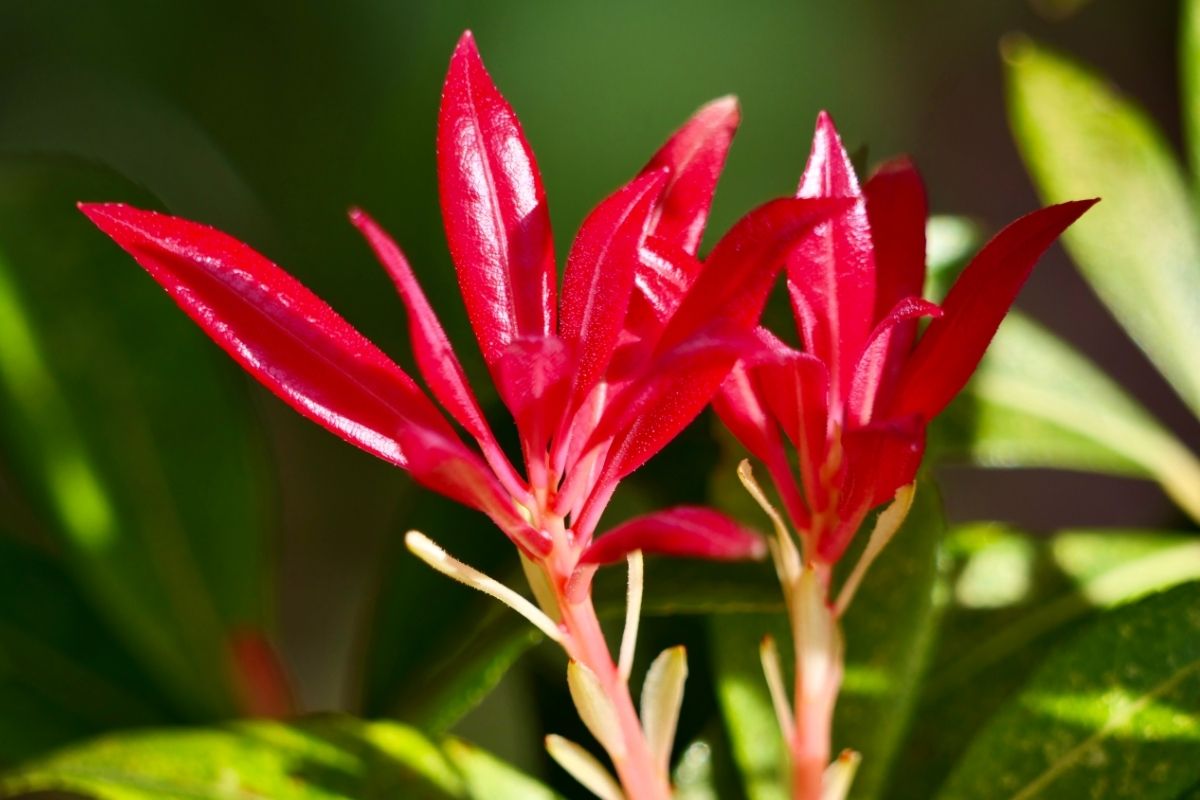
In Japanese culture, this species of plant is known as kanji, which refers to the leaves being poisonous to horses and other animals.
During the spring, this species will grow between 2 – 4 meters and blossom small white flowers shaped like an upside-down pot.
15. Japanese Iris (Iris Sanguinea)
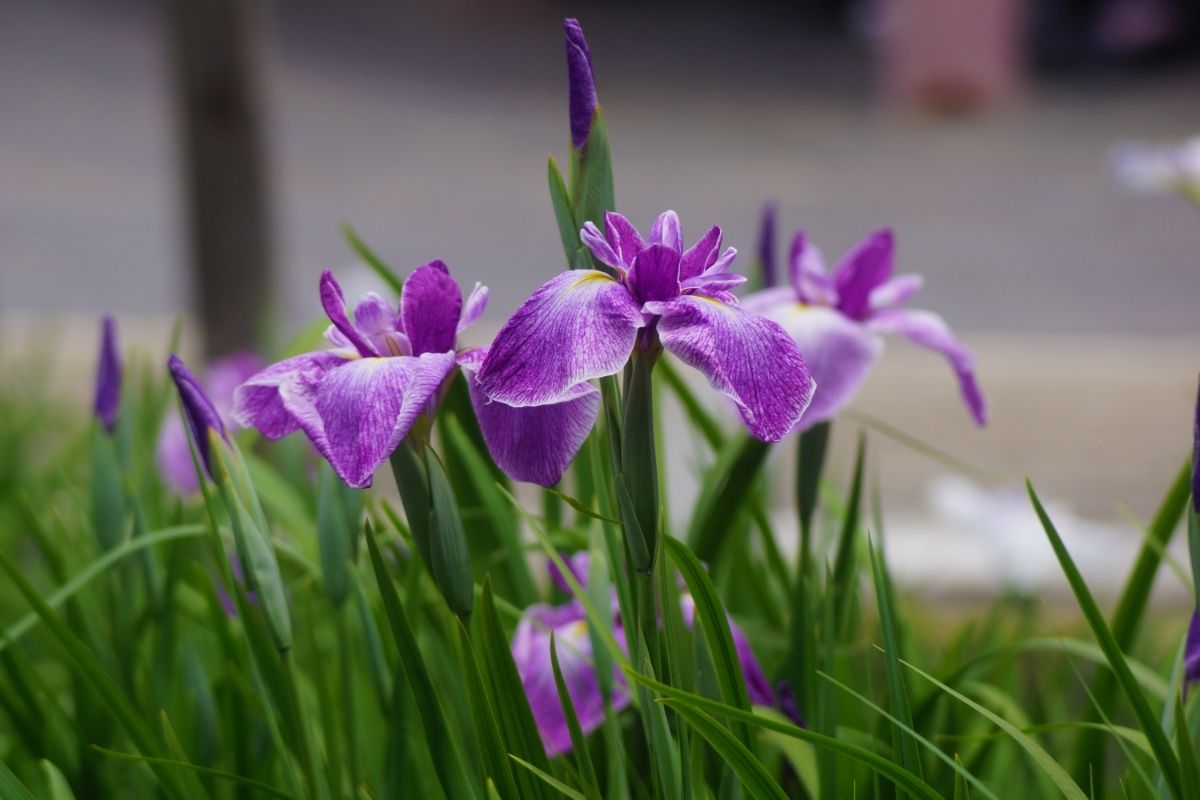
Capable of growing between 40 – 60cm, the iris is known for its vivid purple flowers, which will commonly bloom during the middle of spring.
The plant itself is extremely poisonous and was once used in Japanese culture to ward off demons and other evil spirits.
RELATED: 25 Different Japanese Plants (Including Photos)
16. Buffalobur (Solanum Nigrum)
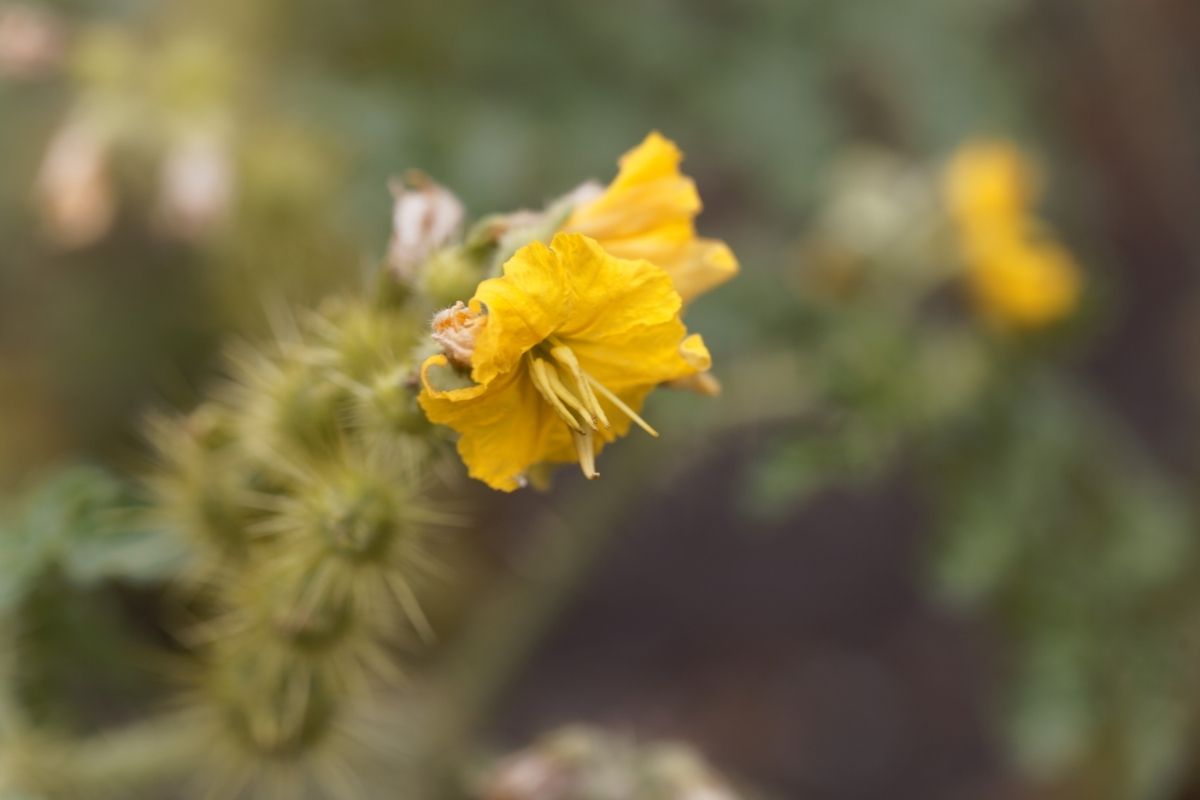
Buffalobur is an endemic species that can grow up to 20 – 60cm, with the specimen boasting small white blooms with 4 – 8 flowers per plant.
In Japanese culture, these flowers are referred to as bakanasu, which translates to stupid eggplant.
While this could be a reference to the plant’s appearance, it could also be a criticism of the plant’s overall uselessness.
17. Creeping Lettuce (Ixeris Stolonifera)
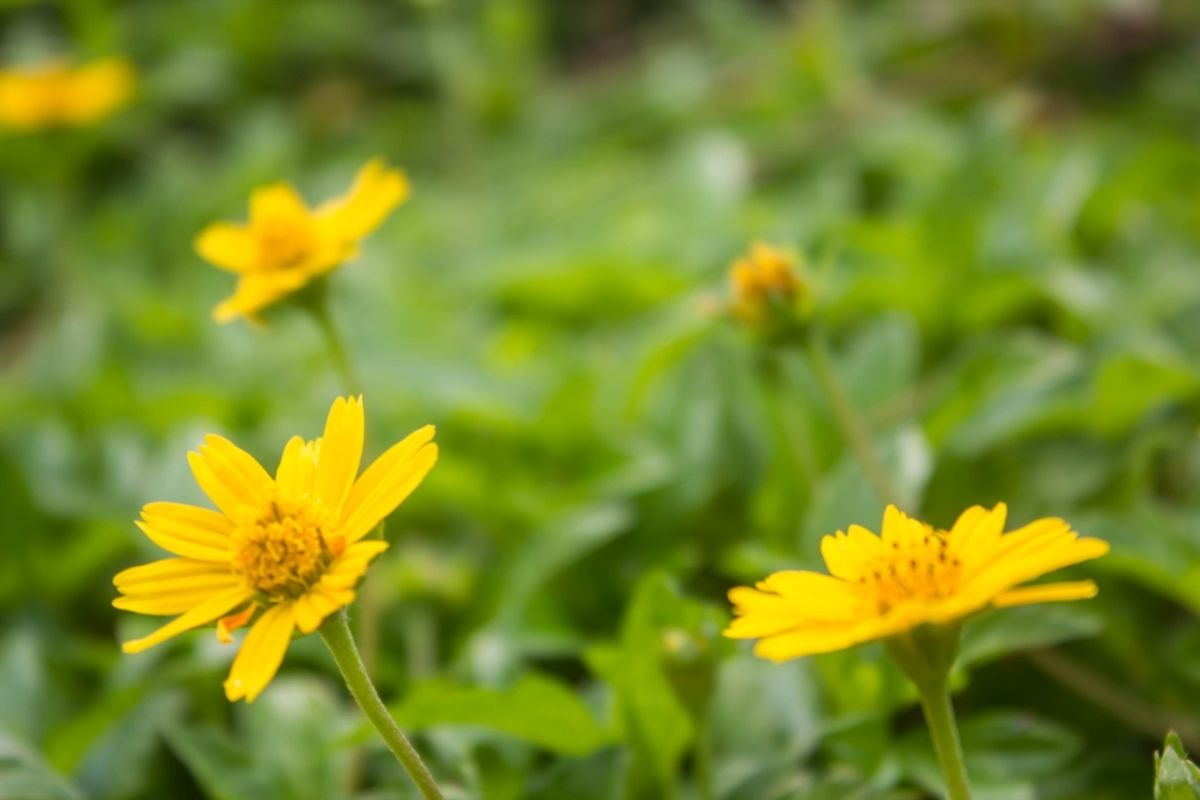
Creeping lettuce can be identified by the way it reaches out and tears up the surrounding earth, with its Japanese name translating to ‘bound to the ground’.
The plant will commonly bloom during early spring, where it will blossom small yellow flowers similar to dandelions.
18. Cardiocrinum Cordatum (Cardiocrinum Cordatum)
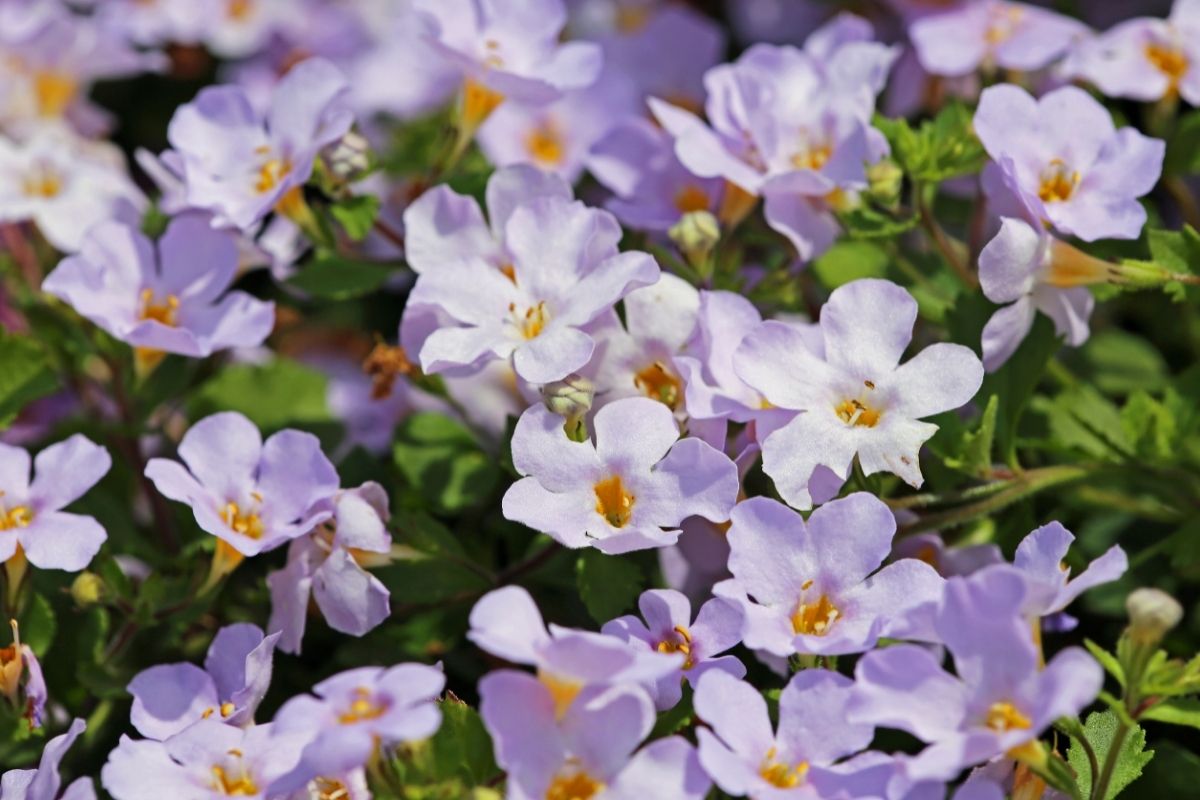
This plant produces a flower that bears a strong resemblance to the lily, although the heart-shaped leaves can be used to identify the name of the species.
The stem can grow up to 100 meters, while the leaves are capable of reaching around 25 centimeters in length.
19. Japanese Buttercup (Ranunculus Japonicus)

These common flowers can be found widely throughout Japan, China, Korea and Taiwan – where they will grow in sunny fields and mountains.
In Japanese culture, the name of this flower translates to the footprint of the horse, which refers to the shape of the plant’s leaves near the ground.
20. Japanese Snowball (Styrax Japonica)

These small trees can be found throughout the Japanese countryside, where they will bloom small white flowers during the spring.
While the tree also produces its own edible fruit, the taste is considered terrible, which means the trees are often left wild and untouched.
21. Japanese Cherry Blossoms (Prunus Serrulata)
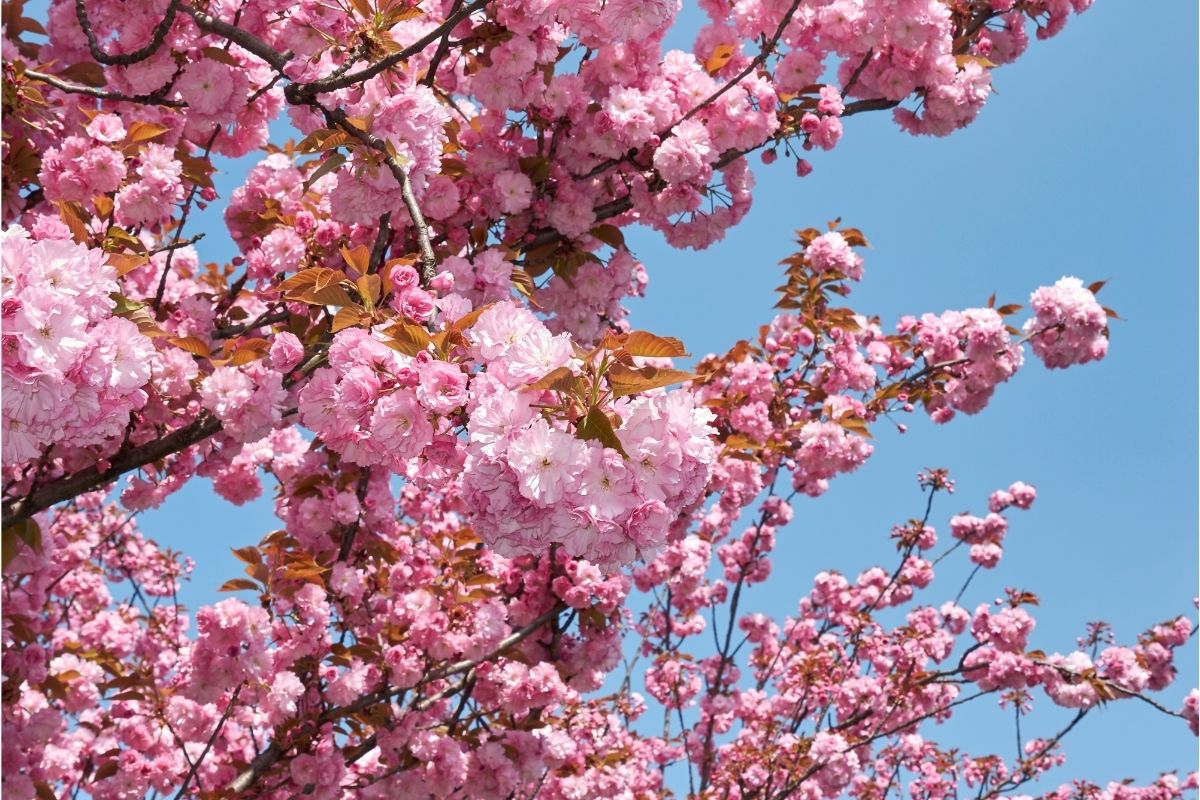
The cherry blossom is the national flower of Japan, where it will commonly grow in the spring with vibrant blooms of pink and white.
The species often plays a significant role in Japanese culture, with the trees appearing in poems, literature and traditional art.
22. Violet (Viola Reichenbachiana)
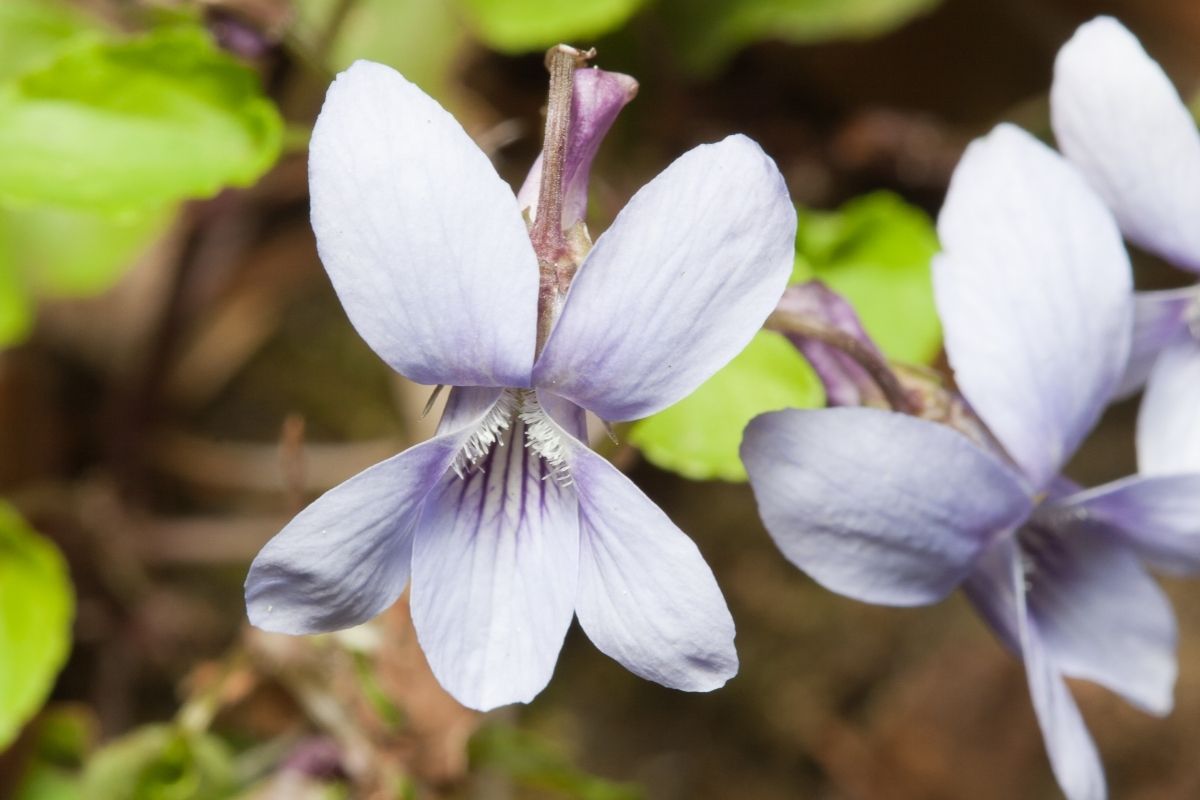
While violets are known to grow across the world, they are also abundant in Japan, where they will commonly bloom during the spring and summer.
In Japanese culture, it is believed that the purple flower resembles an inkpot, hence why it was given the name sumire, which translates to ink container.
23. Chrysanthemum (Chrysanthemum Indicum)
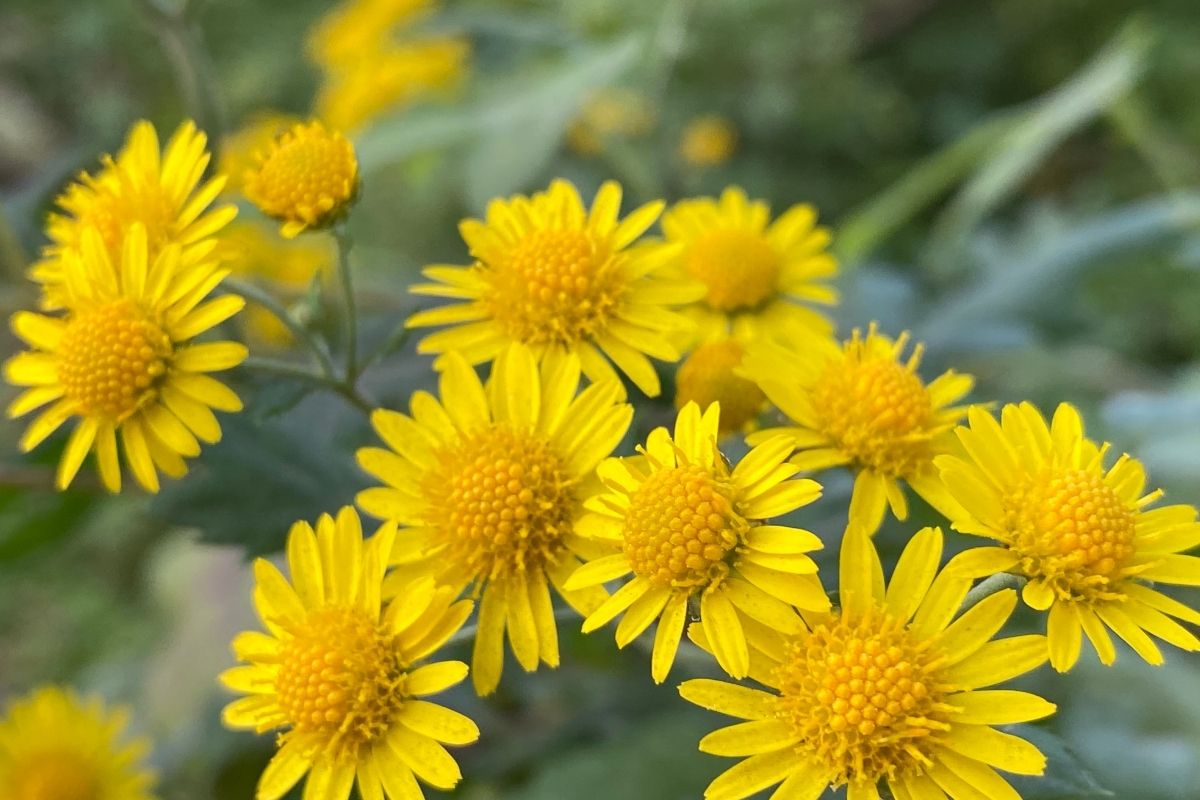
Chrysanthemums are often considered to be a symbol of China, even though they also play an important role in Japanese culture.
During the spring, the species will produce large colorful blooms in shades of yellow and pink, with the flower itself being associated with nobility and trust.
24. Japanese Apricot Blossoms (Prunus Mume)
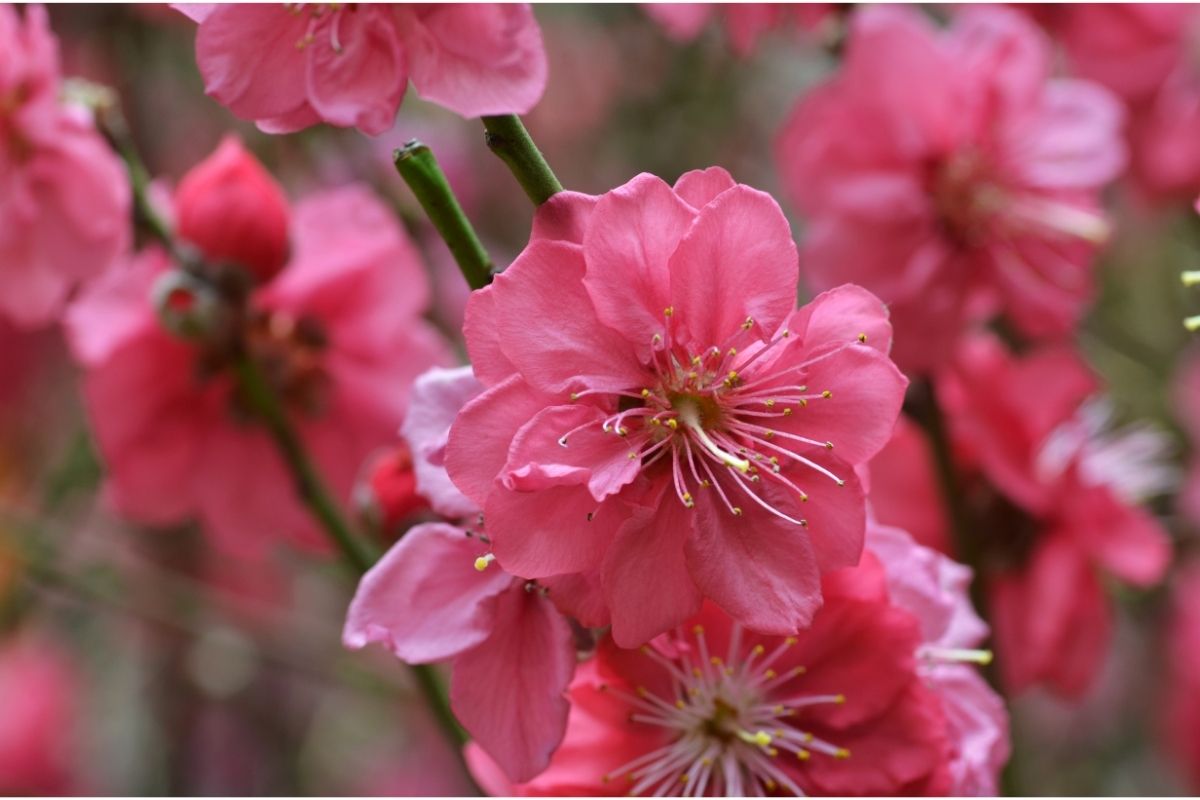
Although this species first appeared in China, it has since become synonymous with Japan and its history, with the pale flowers coming to represent faith and purity.
While the fruit remains edible to humans, it is commonly used by the Japanese people to produce a sweet liquor known as umeshu.
25. Orange Osmanthus (Osmanthus Fragrans)
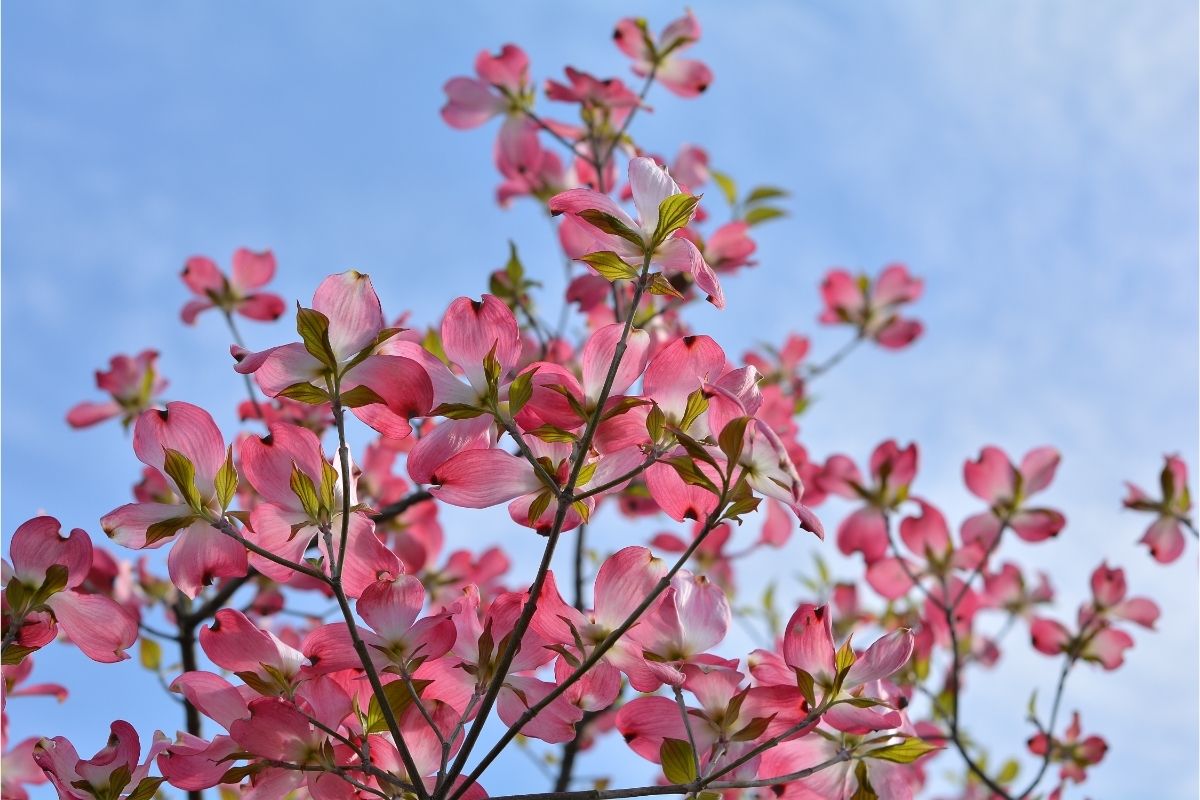
For the final species on our list, we have chosen orange osmanthus, which was first introduced to Japan during the Edo period.
During the spring, this plant will produce hundreds of tiny orange blooms along its branches, which are said to represent honesty and nobility.
Conclusion
As you can see, there are countless flowers that originate on the shores of Japan, with the country producing notable specimens such as cherry blossoms and tiger lilies.
While each of these flowers can look beautiful in your garden, it is important to remember where they came from and how they have influenced the culture of a powerful and stunning country.
Editor’s Recommendations
17 Stunning Yellow Orange Flowers (With Pictures)
Here Is Why Your Peace Lily Flowers Are Turning Brown & How To Fix It Fast!







